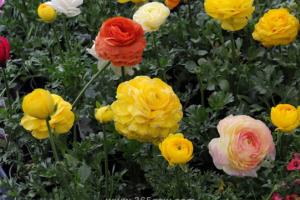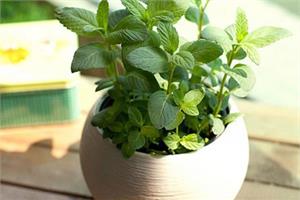Maintenance and Management methods of Clematis paniculata in Autumn and Winter
This paper mainly introduces the breeding method of orchid (bird of paradise) and the maintenance and management of orchid in autumn and winter. Crane orchid, also known as paradise bird flower, paradise bird flower, is a perennial herb of the genus Cymbidium of the banana family. Magnolia is native to South Africa. Like warm, humid environment, like light, but also resistant to semi-shade, strong drought resistance, not resistant to water and moisture, not resistant to cold. Like organic matter-rich, well-drained and slightly clayey soil. Magnolia paniculata is a typical ornithological plant, which is difficult to be cultivated in other places except its origin.

Artemisia angustifolia root is thick and fleshy. Leaves thick, leathery, evergreen. Flower stem terminal or born in leaf axils, involucral bracts green, margin red, with 6-8 flowers, blooming in turn, outer perianth orange, inner perianth sky blue, flower shape strange, like a group of cranes looking up in the distance, hence the name. The orchid has beautiful appearance, strange flower shape and long flowering period. it is a kind of very beautiful flower, which is suitable for decorating indoor study and hall, or precious cut flower and leaf cut. it is very popular with people because of its unique style and endless charm.
Magnolia lanceolata is adaptable and easy to cultivate. Potted plants need to choose a deeper pot. The basin soil can be made of 8 parts of rotten leaf soil or peat soil, 1 part of river sand and 1 part of compost soil. It can be planted a little deeper than the original basin. The potted soil should not be too wet after planting. After watering thoroughly for the first time, it should be watered again after it is dry.
Cymbidium likes light, but avoid strong light, except in summer, to give sufficient light, lack of light will lead to weak plant growth, poor flowering or no flowering. Summer should pay attention to shade or put in a well-ventilated semi-shady place. When it is hot in summer, you should often sprinkle water on the ground or leaves around the plant to cool down, so as to prevent the leaves from being burned and yellowed.
The orchid has the characteristics of being afraid of drought and waterlogging, so it is necessary to master appropriate amount in water management, and the amount of watering should depend on the season, plant growth and the actual degree of dryness and wetness of the soil. Generally speaking, usually watering should be dry and wet, summer watering should be sufficient, watering should be reduced after late autumn, and watering should be controlled in winter to keep the basin soil dry.
The orchid prefers fertilizer, and thin cake fertilizer and water should be applied every half a month or so during the growth period. 0.5% calcium superphosphate can be added to the fertilizer solution from the formation of flowers to the full flowering stage, which will make the flowers bloom more brightly. For areas with poor water quality, 0.2% ferrous sulfate solution is added with watering and fertilization, which is applied once a month to prevent soil Alkalization, and fertilization will be stopped after mid-October.
Hewang Landuo uses the method of plant division, which is mostly carried out in April-May. The plants are separated with a knife, and the incisions are coated with charcoal powder or plant ash to prevent decay, and be careful not to damage the root system, so as not to weaken the growth potential of the plant and is not easy to recover. Because there are no seeds in general, although seeds can be obtained by artificial pollination, it takes 3 years for seedlings to blossom. Mass propagation can also be propagated by tissue culture.
For plants after flowering, the residual pedicels should be cut off in time to reduce nutrient consumption. After flowering, the adult plant can be changed every other year.
Related
- Wuhan Hospital Iron Tree Blooming Result Was Instantly Frightened by the Gardener Master
- Which variety of camellia is the most fragrant and best? Which one do you like best?
- What is the small blue coat, the breeding methods and matters needing attention of the succulent plant
- Dormancy time and maintenance management of succulent plants during dormancy
- Minas succulent how to raise, Minas succulent plant pictures
- What are the varieties of winter succulent plants
- How to raise succulent plants in twelve rolls? let's take a look at some experience of breeding twelve rolls.
- Attention should be paid to water control for succulent plants during dormant period (winter and summer)
- Watering experience of twelve rolls of succulent plants
- Techniques for fertilizing succulent plants. An article will let you know how to fertilize succulent plants.



